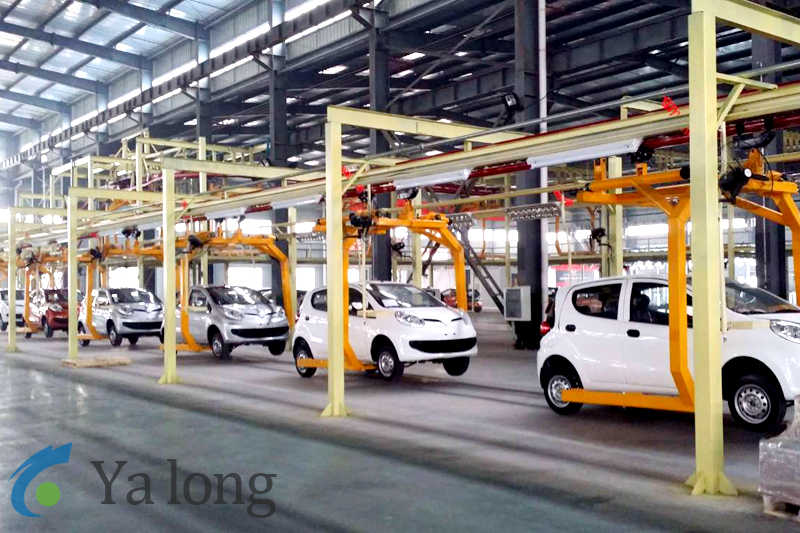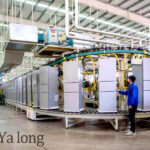跳至正文
Why do high-end car factories prefer modular assembly lines?
1.production patterns of automobiele assembly line
- Modern assembly lines generally adopt “Pace Production”.in which each car moves one workstation at fixed time intervals (usually 60-90 seconds). This value, called “beat time”, is the optimal solution after comprehensively considering market demand, process complexity and manpower allocation.
- Workers stand at fixed workstations while vehicles move slowly along the conveyor belt. Each station is usually responsible for only 1-3 specific assembly tasks. such as instrument panel installation, tire tightening, or wiring harness connection. By breaking down the complex assembly process into simple and repetitive actions. it not only ensures standardization of operations, but also allows workers to focus on quality control of specific links.
2.flexible production
- Traditional assembly lines are often designed for a single vehicle model, but today’s production lines have to cope with the market demand of “multiple varieties and small batches.” One of the key technologies to achieve this flexibility is to adopt common specifications for the same parts of different vehicle models, so that the same fixture can adapt to multiple products.
- AGVs and EMS can accurately deliver the correct parts to the corresponding workstations according to the production plan. The specific configuration of the vehicle is determined on the assembly line, and through modular design and real-time data interaction, personalized customization and large-scale efficiency can be achieved.


